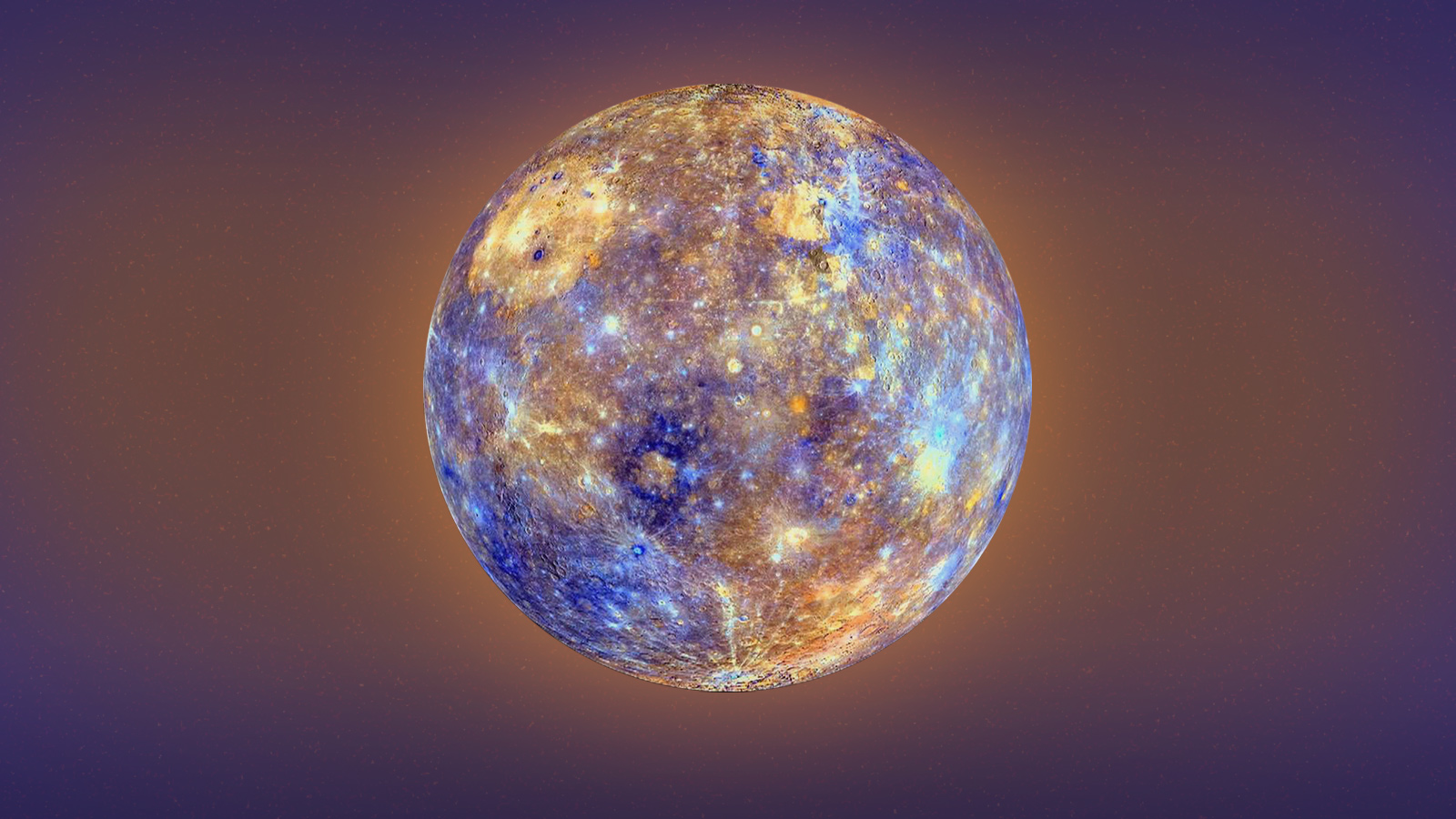Mercury is the smallest planet in our solar system, and it’s also the closest planet to the sun. Despite its small size, Mercury has a lot of interesting features that make it a fascinating planet to study. In this article, we’ll explore everything you need to know about Mercury, from its history and physical characteristics to its orbit and atmosphere.
 |
| Mercury |
History of Mercury
Mercury has been known to humans for thousands of years. It was named after the Roman god Mercury, who was the messenger of the gods. The ancient Greeks also knew the planet, but they called it Hermes, after their messenger god. In the 17th century, Galileo Galilei was the first person to observe Mercury through a telescope.
Over time, astronomers have learned a lot about Mercury. In the 1960s, NASA’s Mariner 10 spacecraft flew by the planet three times and took the first close-up images of it. In 2011, the Messenger spacecraft orbited Mercury and gathered even more data about the planet.
Physical Characteristics of Mercury
Mercury is the smallest planet in our solar system, with a diameter of just 4,880 kilometers (3,032 miles). That’s only about one-third the diameter of Earth. Despite its small size, Mercury is a dense planet, with a mass of 3.3 x 10^23 kilograms (3.6 x 10^23 tons). It’s the second densest planet in the solar system, after Earth.
Mercury’s surface is rocky and heavily cratered. It has no atmosphere, so there is no weather on the planet. Temperatures on Mercury can be extreme, ranging from -173°C (-280°F) at night to 427°C (801°F) during the day. This is because Mercury is so close to the sun and has no atmosphere to regulate its temperature.
Mercury’s Orbit
Mercury orbits the sun at an average distance of 57.91 million kilometers (35.98 million miles). It takes Mercury just 88 Earth days to complete one orbit around the sun. This means that a year on Mercury is only 88 Earth days long.
Mercury’s orbit is also unique because it is very elliptical. This means that its distance from the sun varies quite a bit over the course of its orbit. At its closest approach to the sun (perihelion), Mercury is only 46 million kilometers (29 million miles) away. At its farthest distance from the sun (aphelion), it’s 70 million kilometers (43 million miles) away.
Mercury’s Atmosphere
Mercury has no atmosphere to speak of. This means that there is no air on the planet, and no weather or wind. Without an atmosphere to regulate its temperature, the surface of Mercury experiences extreme temperature swings between night and day.
However, despite its lack of atmosphere, Mercury does have a thin exosphere. This is a very tenuous layer of gas that extends out from the planet’s surface. The exosphere is made up of mostly helium, hydrogen, and oxygen. It’s so thin that it’s considered a vacuum, and it’s not thick enough to be considered a true atmosphere.
Mercury’s Magnetic Field
Mercury has a weak magnetic field, which is about 1% as strong as Earth’s magnetic field. This is surprising, given that Mercury has a large iron core. Scientists think that the reason for Mercury’s weak magnetic field is that its core has cooled down and solidified over time.
The magnetic field that Mercury does have is important because it helps protect the planet from the solar wind. The solar wind is a stream of charged particles that flows out from the sun. Without a magnetic field, the solar wind would strip away Mercury’s atmosphere over time.
Mercury’s Surface
Mercury’s surface is heavily cratered, with large impact basins and numerous craters. This is because Mercury has no atmosphere to protect it from incoming meteoroids and other space debris. The planet’s surface is also covered in a layer of fine dust, which is thought to have been created by the impact of meteoroids.
One of the most prominent features on Mercury’s surface is the Caloris Basin. This is a large impact basin that measures about 1,550 kilometers (963 miles) in diameter. It was formed by an impact that was so powerful, it caused shock waves to travel around the planet and create a ring of mountains on the opposite side.
Another interesting feature on Mercury’s surface is the planet’s unique terrain. Mercury has what is known as a “weird terrain,” which consists of ridges and valleys that are unlike anything seen on any other planet in the solar system. These features were created by the planet’s crust compressing and buckling as it cooled and shrank.
Mercury’s Moons
Mercury has no moons. This is unusual, as most of the other planets in our solar system have at least one moon. Scientists think that Mercury’s proximity to the sun and its small size are the reasons why it has no moons. The gravitational pull of the sun is strong enough to prevent any moons from forming around Mercury.
Conclusion
Mercury may be small, but it’s a fascinating planet with a lot of interesting features. From its heavily cratered surface to its unique terrain and weak magnetic field, Mercury has a lot to teach us about the history and evolution of our solar system. Although it’s not currently possible for humans to visit Mercury, spacecraft like Mariner 10 and Messenger have provided us with a wealth of information about this intriguing planet.
If you're interested in astronomy, Mercury is definitely a planet to keep an eye on. Its unique features and close proximity to the sun make it a fascinating subject for study, and there’s still much to learn about this small but mighty planet.


0 Comments